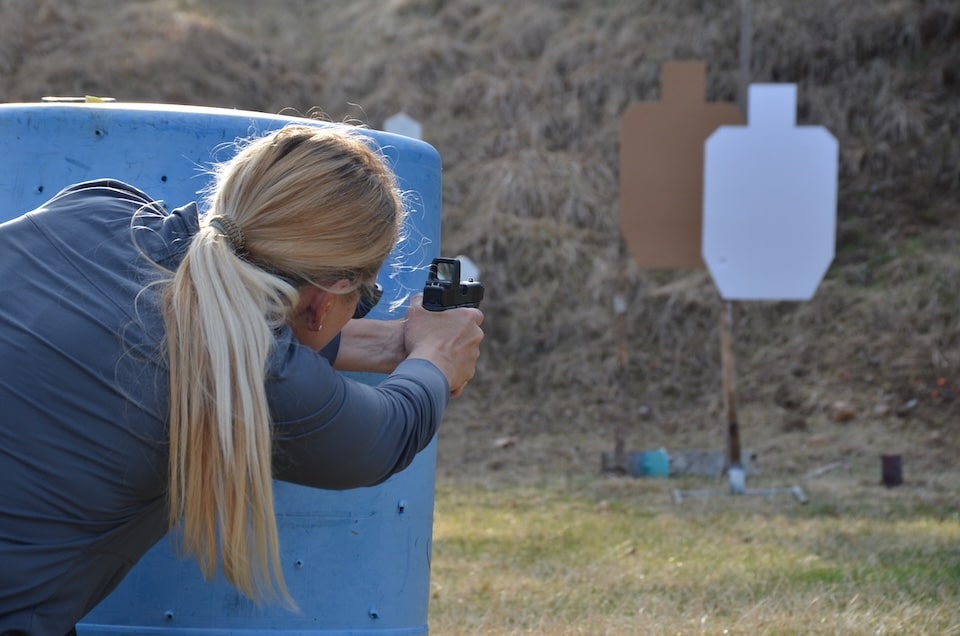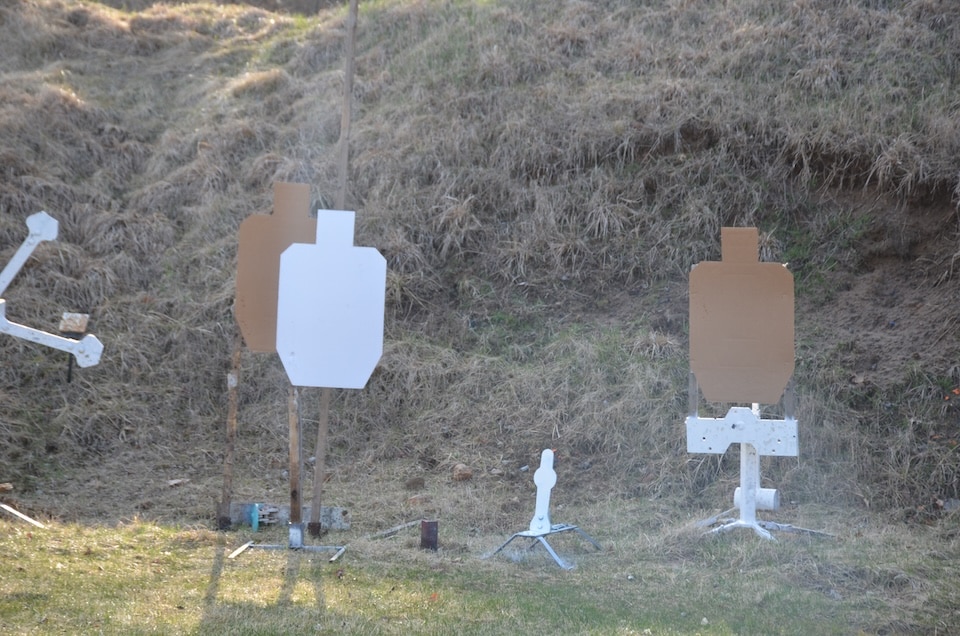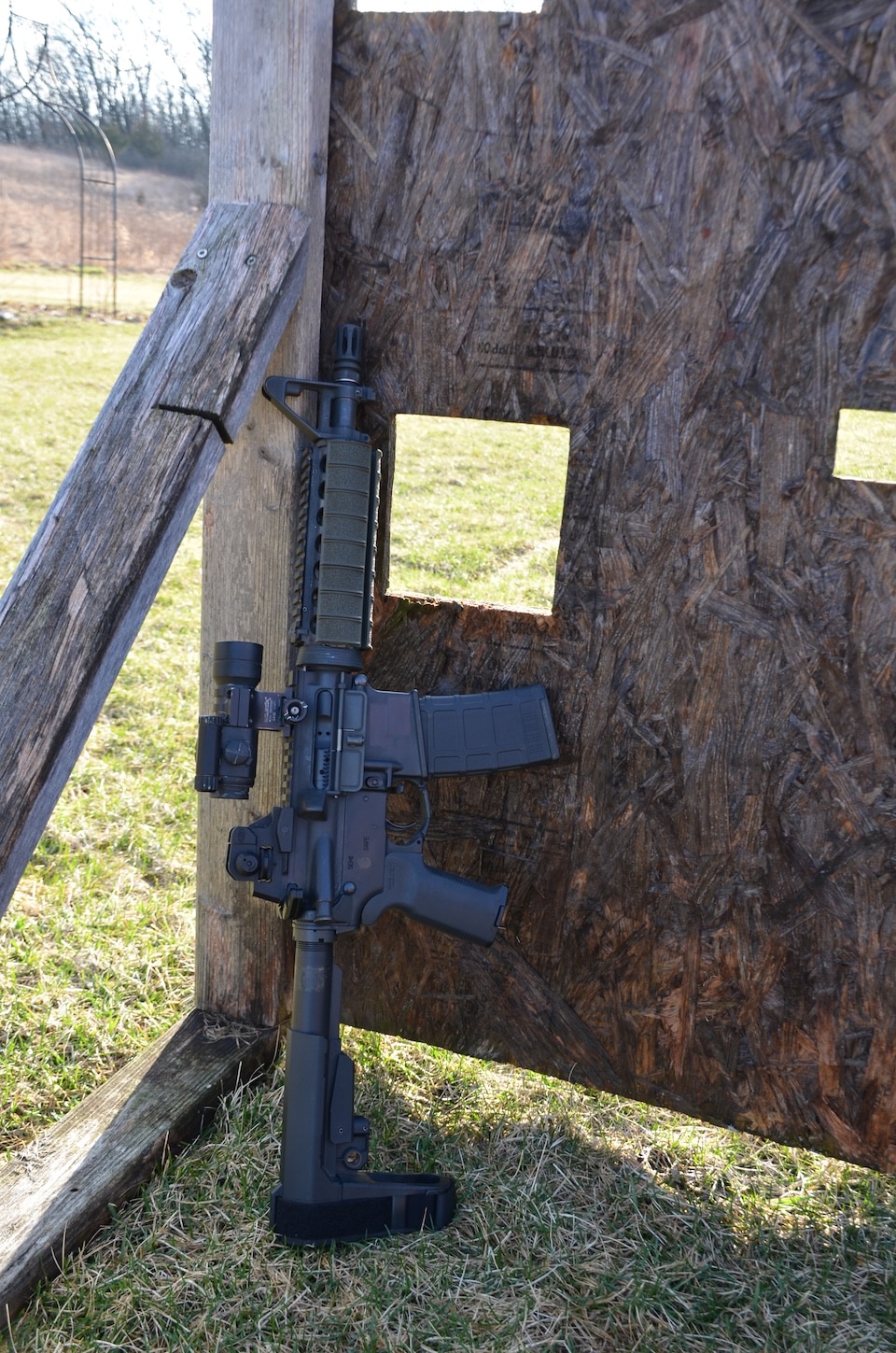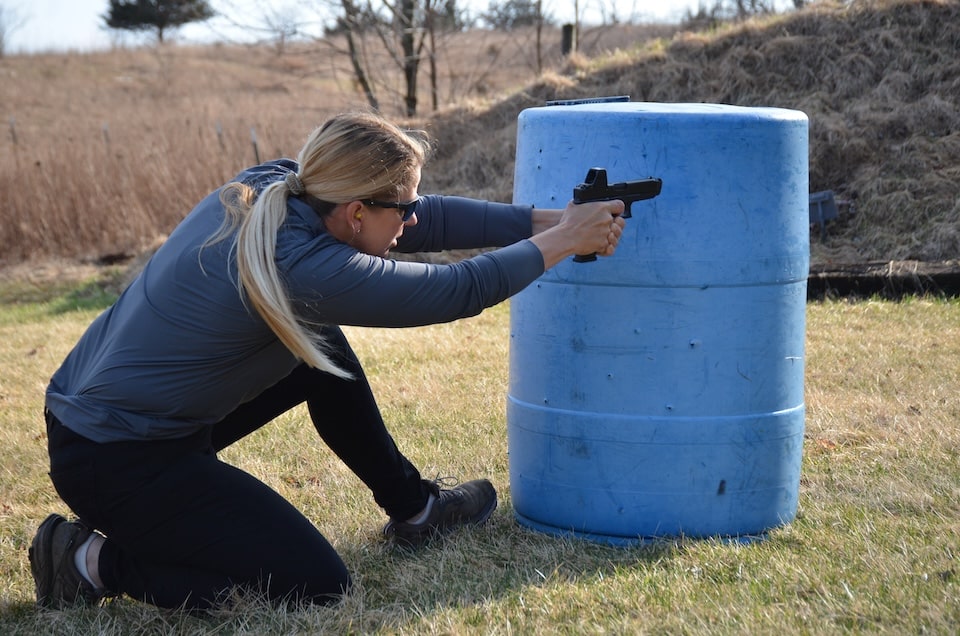Anyone who has had to take a class for concealed carry has likely heard of the “rule of threes” in reference to incidents involving use of deadly force. There are numerous takes on this “rule,” but the facts back up the idea that most time a firearm is used in self-defense, it is fast and close. Let’s look at some of the things you should know about distance for defensive shooting and what you can practice, with adherence to the rule of threes.
Rule of Threes
The basic facts that support the rule of threes are that most self-defense shootings exhibit the following factors:
Some instructors have keyed in on this data and designed their self-defense training around it. There are even products created around this data, to help you draw fast, etcetera.
Perhaps the most important thing to be learned from this data is that you need to train for shooting defensively at close distances, for speed, and you need to practice awareness and trust your instincts. Recognizing that someone who’s acting “off” – and closing the distance between the two of you quickly – should put you on the alert and also, a quick defensive response.
Home Defense and Distance
How does the rule of threes apply to home defense? We’ve all likely seen doorbell camera videos, showing an assailant or threat at someone’s door; oftentimes, doors being kicked in and a homeowner shooting as a criminal enters.

While the physical barrier that a locked door gives you might provide a few more seconds in a self-defense scenario, you still need to know how you’re going to react and have a plan that you’ve practiced.
Answer these questions:
So many choices that we make about how we navigate our daily life truly affect how we react in a self-defense scenario. If the door is dead-bolted, and that deadbolt is reinforced (meaning the door frame has metal or extra wood to keep the door from getting kicked in), a homeowner might have time to retrieve a shotgun or rifle. With your door locked, you’ve added a sliver of time in which you can draw a firearm. With your door reinforced, you’ve added more time – perhaps, even stopped it long enough for you to convey that you’re armed, you will shoot and police are enroute.
Practical Application: Know Your Distance, Practice Your Distance
One thing you can do to lay out proper training for close-distance defensive shooting is to measure the distance where you might be inside your house from a threat. Later, set appropriately sized targets at that distance on a range and practice shooting them.

Is there a wall or doorway you could stand near that would give you some concealment? Think of anything that would actually offer protection from an armed assailant shooting at you? (Drywall or your hollow-core door are not effective, but your kitchen island might afford concealment and cover.) How far is that position from the door and would you have an unobstructed shot at a criminal entering your home? Note that distance, as well.
Do you have a means of egress in case you needed to retreat? While many people live in “stand your ground” states, where it is legal to shoot someone threatening your life, having the ability to move to a different position – especially if that different position housed a rifle or shotgun or more ammunition – would be a good plan.
Keeping with the rule of threes, let’s look at three things you could practice:
1 – On a range, draw your pistol from your holster and train on a target at the distance from where you think someone would try to enter your home to the position you think you’d take up inside your home.

2 – On a range or outdoor safe space, retrieve a firearm to simulate it being in a closet or safe or someplace close to your ideal position in your house and shoot three rounds, center mass.
3 – On a range or outdoor safe space, retrieve a shotgun loaded with buckshot and shoot two-to-three rounds at a paper target at the distances you’ve noted. Also remember that shotguns are usually long barreled and while they can be a great choice with buckshot ( 00 or “double ought” buckshot contains 8-9 pellets that are about the diameter of a 9mm bullet), they can be a handful to control from compacted positions and usually offer fewer rounds.
Note: You can dry fire practice all these drills at home with an UNLOADED gun, ammo out of the room and knowing that there are no people in proximity.
Practice and Confidence
Of course, all firearm owners need to do some research on what is legal in their states and municipalities. If someone shoots at you and then runs away, is it legal to keep shooting at them? If someone kicks in your door, but does not enter your house, can you shoot them on your porch? These are questions that you need ask someone who has legal knowledge for your specific area. And the best place to do this is generally going to be a local instructor familiar with your particular state and local laws.

Have you ever had one of those dreams where your gun isn’t loaded or it’s not functioning correctly and you had to use it in self-defense? This is your subconscious alerting you; it’s your brain defragmenting at night and telling you what areas it knows you’re not prepared. There’s a great book by Carl Jung titled, “Man and His Symbols,” and his belief that our brain processes information even when we’re not consciously focused on processing information, and that comes out in our dreams. Perhaps your subconscious is telling you via that dream that you don’t have enough training to be confident with your pistol or self-defense firearm. So get to the range! Get to class, inform yourself about the laws where you live, and set yourself up for success. Because the reality of the world we live in is that we need to accept that catch-phrase: Nobody is coming to save you. And that’s just reality. Your ability to accept reality and prepare for what you might face can be the thing that saves you.
Becky Yackley primarily competes in 3 Gun, USPSA, Bianchi pistol, but has competed in shooting since 1989 in disciplines from service-rifle, to NCAA Air Rifle and Smallbore, air pistol and a little bit of long range rifle. She shoots guns and cameras at competitions around the country, and writes in her fictional spare time. View all posts by Becky Yackley
Start the Conversation